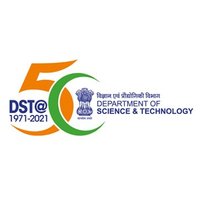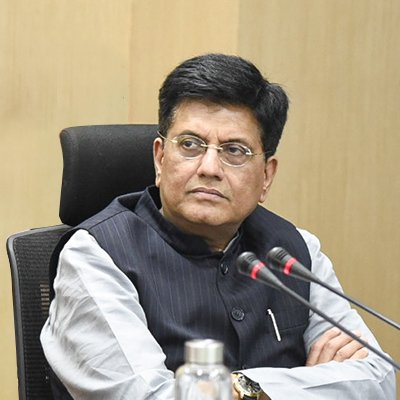A new department called Invest India ( a public-private joint venture) was created, early on in the current Government’s regime, to assist potential investors through the difficult, regulatory regime. Even for semiconductors, where, India is the preferred potential partner, a dedicated business division has been created in the Ministry of Electronics & Information Technology, in the form of India Semiconductor Mission ( ISM)
 KRC TIMES Desk
KRC TIMES Desk
Kumardeep Banerjee
One of the most common reasons cited by foreign investors, against investing in India is too complex regulatory processes and multiplicity of overlapping compliances. The latest to join the bandwagon is Taiwanese Foreign Minister Joseph Wu. The minister was responding to questions from a journalist on the reason for Taiwanese companies not warming up to India’s constant welcome mat for attracting investments in the new age technology, building block and semiconductors space.
To be sure Taiwan is home to the largest chip manufacturing facilities in the world, a key component of the digital economy, ranging from mobile phones to satellites. Wu during his interaction with the journalist quoted “India is cumbersome in its administrative structure and it would require for Indian Government to look at that too, to streamline all kinds of laws and regulations to help semiconductor investors coming to the country”. He has further in the same interview talked about the lack of skilled engineers to work in the chip-making factories, even though India doesn’t fall short of chip-designing talent.
What Mr Wu highlighted, isn’t something new, as, it is a similar caution from many other potential investors interested in India. This author spoke with several high-ranking officials in several new and emerging technology manufacturing companies, who complained about complex time-consuming administrative processes in India and echoed that, when compared to competing economies such as Singapore, Vietnam etc.
A new department called Invest India ( a public-private joint venture) was created, early on in the current Government’s regime, to assist potential investors through the difficult, regulatory regime. Even for semiconductors, where, India is the preferred potential partner, a dedicated business division has been created in the Ministry of Electronics & Information Technology, in the form of India Semiconductor Mission ( ISM).
The recent trade policy agenda 2024 released by the Biden administration highlighted “Since announcing the negotiating mandate in August 2022, the two sides have pursued an ambitious schedule of meetings to make progress as quickly as possible. In June 2023, AIT and TECRO signed the first agreement under the Initiative. This agreement includes high-standard commitments and economically meaningful outcomes in a number of trade areas, including customs administration and trade facilitation, good regulatory practices, services domestic regulation, anticorruption and small and medium-sized enterprises”, underscoring the importance of the partnership between the two countries.
The US supports India’s ambitions to develop into a significant player in semiconductor design and manufacturing space, as an alternative to China. India US trade relationship, which has been in limbo has been energised in the last two years after a formal Trade policy forum came into existence, which has had regular meetings on several bilateral issues. In the 2024 trade policy agenda document, US mentions, “We committed to pursue enhanced engagement leading to mutually beneficial outcomes in several areas, with a view to deepening the trade relationship for the benefit of working people. We identified certain areas, including critical minerals, customs and trade facilitation, supply chains and trade in high technology products, in which our Governments intend to develop an ambitious and forward-looking roadmap for enhanced cooperation in order to achieve economically meaningful outcomes.”
Given the convergence of interests and the willingness of like-minded partners and allies to invest and support India in the race of semiconductors, the next Government could do well to include removing regulatory bottlenecks in its 100-day agenda. It would be a good start towards a Stated Vikist Bharat target.






